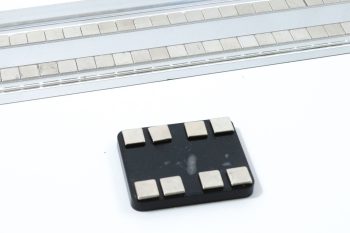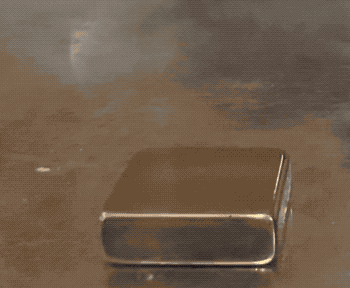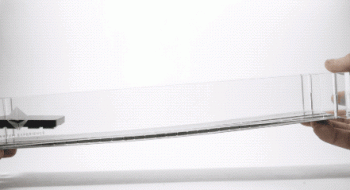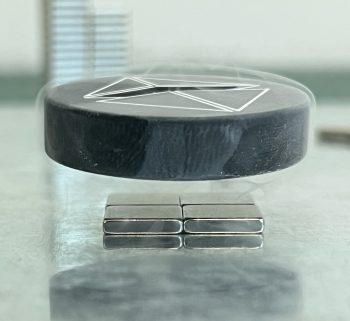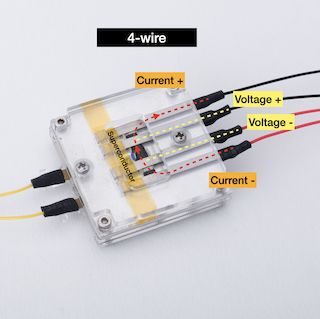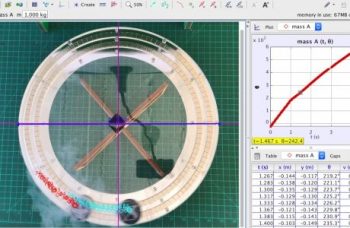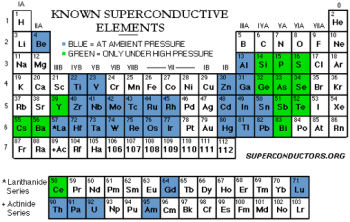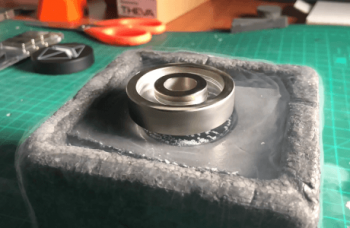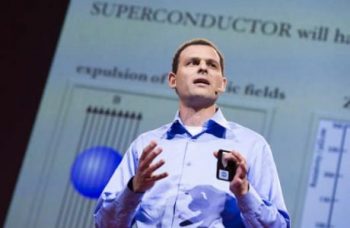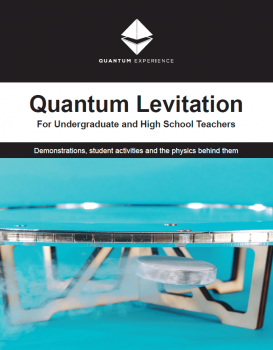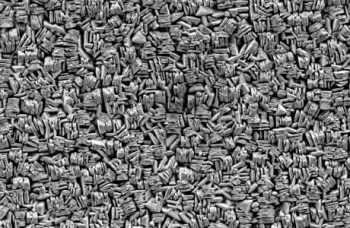Introducing the Magnetic Levitation Science Fair Kit An easy-to-use, educational, and exhilarating showcase of magnetic levitation technology designed for both students and teachers.This kit provides all the necessary components to explore and demonstrate the principles of maglev systems at home...
The scientific world is in turmoil. Room temperature superconductivity has been discovered. Or so it seems. A group of scientists from South Korea (Sukbae Lee, Jihoon Kim, Hyun-Tak Kim, Sungyeon Im, SooMin An, and Keun Ho Auh) published two pre-print (not peer reviewed...
Are you tired of the same old baking soda volcanoes and potato batteries at science fairs? If you're looking to stand out from the crowd and impress the judges, it's time to get creative and think outside the box!...
Why do we need levitating trains? In order to move any object we need to invest energy and convert it to kinetic energy. Any object resists changes to its velocity depending on its mass. Heavier objects will require stronger forces...
Ever wondered how Quantum levitation is possible? It’s all due to superconducting materials! These materials have special properties that allow them to conduct electricity without any resistance. When a magnet is placed near a superconducting material, the superconductor does two...
We can easily build a true hoverboard with superconductors. Superconductors Superconductors are a perfect example for a Quantum Physics that is macroscopic, large and accessible to play with. Superconductivity is created by having discrete energy levels AND by having a...
Superconductivity introduces one of the most technically difficult challenges for physicists - designing a measurement setup that will be sensitive to both low (& zero) voltages/resistance and to high voltages/resistance at the same time. Below we give a short review of...
Qualitative Experiment steps: Quantum Levitation is the stable levitation and suspension of a superconductor in a surrounding magnetic field. It is actually the result of two separate phenomena: Meissner effect - the repulsion of magnetic fields from the superconductor body...
Quantum Levitation has dazzled millions of people via major TV networks, the TED conference live and online, and in universities and schools around the world. But we haven’t just created a sophisticated demo for audiences to view; we developed our...
In 1911, Dutch physicist and Nobel Laureate Heike Kamerlingh Onnes discovered that when you cool the element mercury (Hg) in liquid helium to a temperature of -270°C (-454°F) , it exhibits a phenomenon of zero electrical resistance, which he then called superconductivity. For...
Can we store energy using Superconductors? Yes. There are two superconducting properties that can be used to store energy: zero electrical resistance (no energy loss!) and Quantum levitation (friction-less motion). Magnetic Energy Storage (SMES) Storing energy by driving currents inside...
Do we understand what makes a superconductor? Yes, but not entirely. The phenomenology (or the quantitive description of the phenomenon) of superconductivity was quickly developed after first discovered in 1911 (e.g. by London, Abrikosov, Meissner) and scientists could soon describe...
We are happy to offer teachers and educators “Quantum Levitation Booklet", a complete experiment guide that includes theoretical background, quantitive experiments, data analysis and much more. The "Quantum Levitation Booklet" was designed for the Ultimate Classroom Kit.Download Now
YBa2Cu3O7-x crystal images take in Tel-Aviv University using a scanning electron microscope (SEM) Mag x10K Mag x12K Mag x100K Mag x134K
Certain materials, upon cooling below a certain temperature (aka the ‘critical temperature’ or Tc) lose their electrical resistance completely. The phenomena was discovered in 1910 by a Dutch physicist named Heike Kamerlingh Onnes who measured the resistance of Mercury at low...
